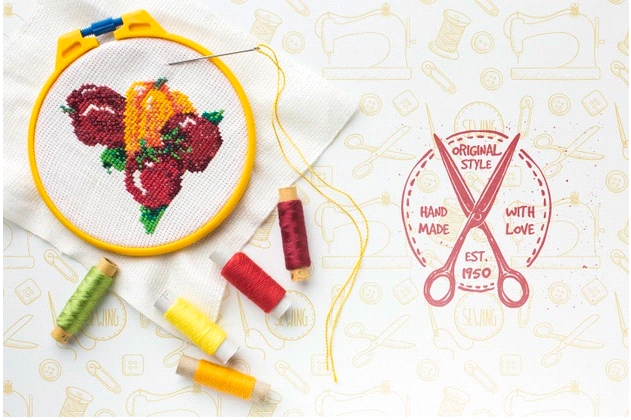Colors have a remarkable power to affect our feelings, attitudes, and perceptions. In the field of interior design, selecting the appropriate paint colors requires more than just aesthetic judgment; it also requires a thorough investigation of the science of color. Every hue on the paint colour chart, from energetic reds to soothing blues, has a different effect on our feelings. This blog will explore the science of color and how choosing the appropriate colors may set the mood for your living areas by evoking particular feelings.
Strategic Color Choices for Emotional Spaces
1. The Impact of Warm Colors
Warm colors, like reds and yellows, create a sense of warmth, energy, and passion. Red is linked to intensity, stimulating the senses, while yellow is related to happiness and positivity. Using warm colors in spaces like the living room or kitchen can provide a lively and inviting ambiance, which can further enhance social interactions.
2. The Serenity of Cool Colors
Cool colors, including blues and greens, are known for their calming and tranquil qualities. Blue promotes peace, serenity, and stability, while green is associated with nature, growth, and balance. Additionally, bedrooms, bathrooms, and relaxation areas can look better with cool color schemes, as they will provide a soothing backdrop that encourages relaxation.
3. Energizing with Accents
Accent colors play a crucial role in adding energy and vibrancy to a space. Bold and contrasting accent colors strategically draw attention to specific features or areas. Incorporating a pop of vibrant accent colors, such as a bold red accent wall or colorful accessories, will inject personality and dynamism into a room, which can create focal points that capture attention.
4. Consideration for Room Functionality
The function of a room should guide color choices. For example, a home office may look better with a calming and focused color scheme, while a vibrant and energetic color palette may be suitable for a playroom or workout space. Considering the intended function of each room ensures that the chosen colors align with the desired atmosphere and purpose.
5. Harmonizing Color Choices
It’s essential to ensure a harmonious blend of colors throughout your home. Consider the flow of spaces and how colors interact from room to room. Cohesive color schemes contribute to a unified and aesthetically pleasing environment, enhancing the overall experience within your living spaces. Careful coordination of colors can create a sense of continuity and balance, which makes the entire home feel well-designed and thoughtfully curated.
The Bottom Line
The exploration of hues extends beyond aesthetics, reaching into the intricate territory of emotions and perceptions. The paint color chart, rather than a mere array of pigments, transforms into a canvas for profound emotional expression. Additionally, this palette helps you to mix your surroundings with colors that intimately connect with your soul, which can shape atmospheres that promote well-being and harmony.
Beyond the visual allure, each chosen hue becomes a brushstroke on the canvas of your emotions. It’s a detailed interplay where colors cease to be just shades as they become a source of mood and sentiment.






